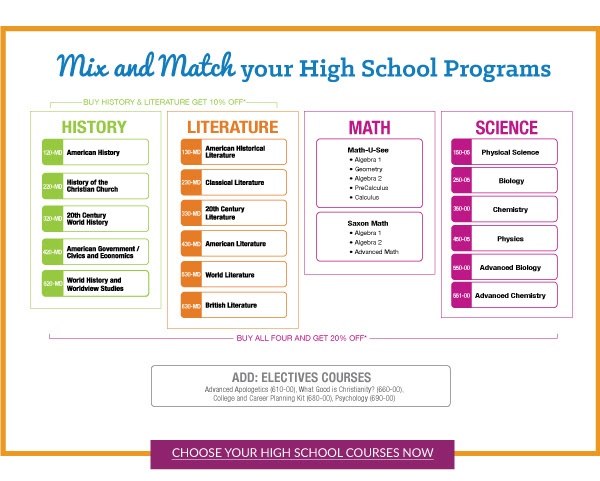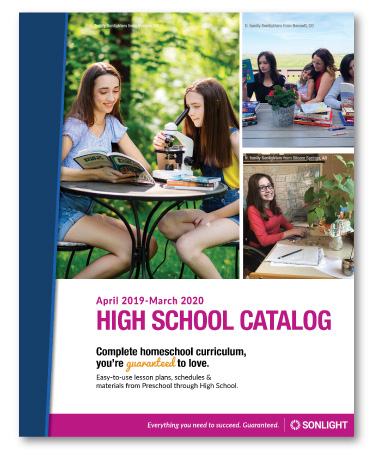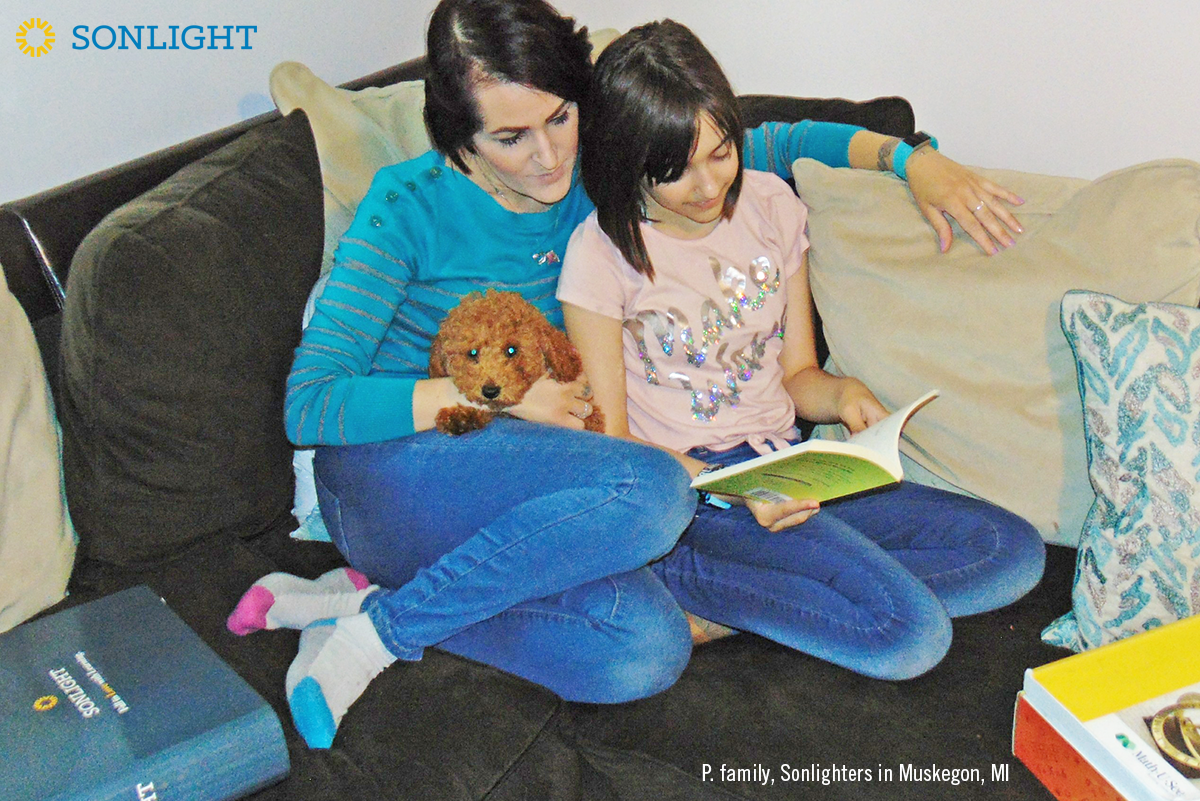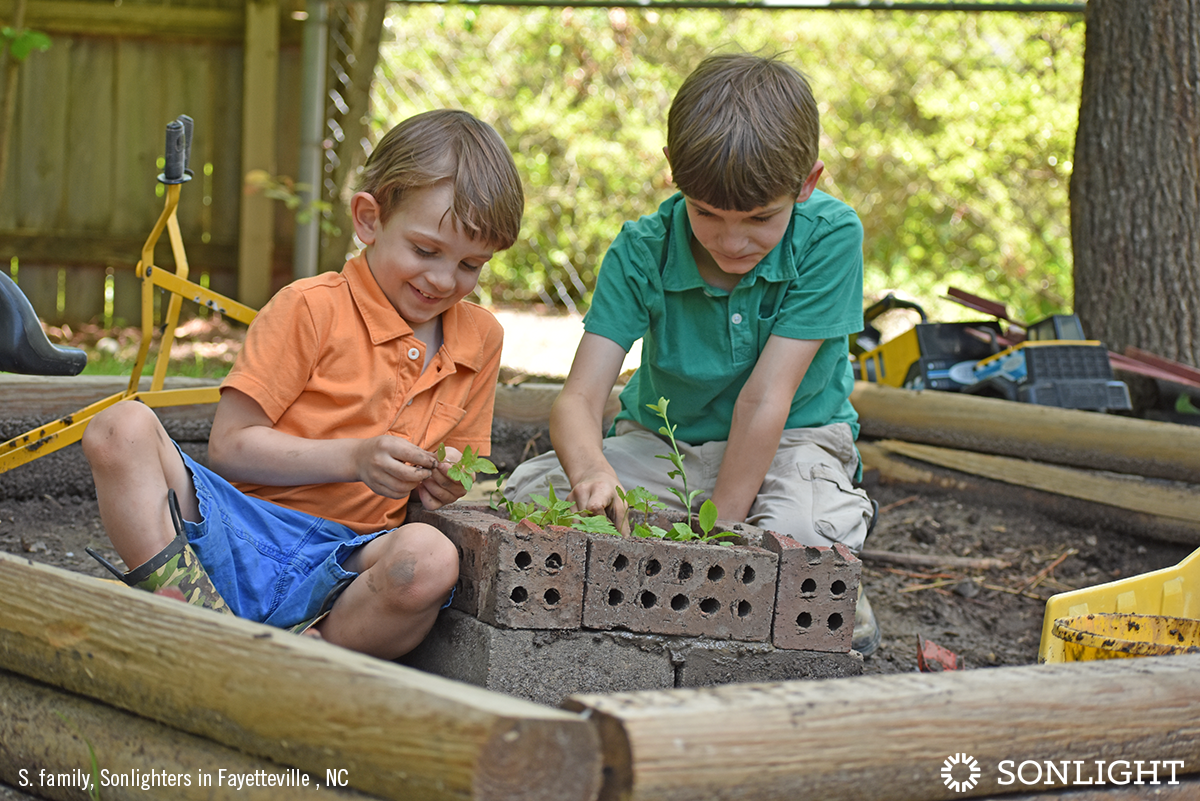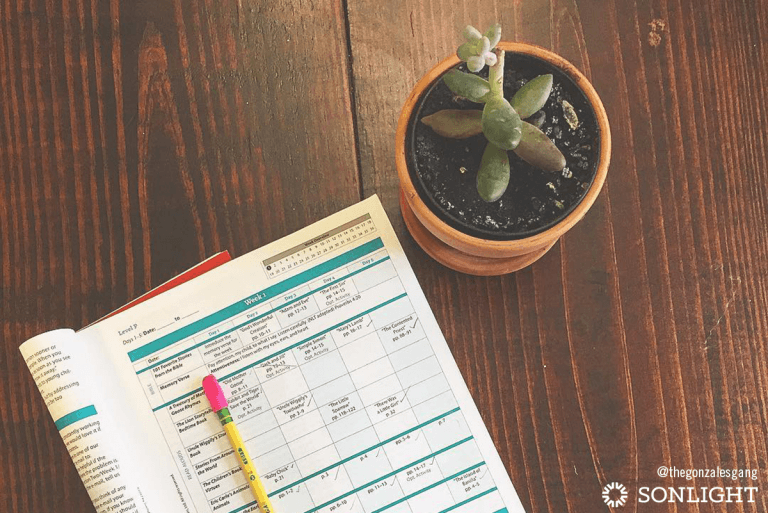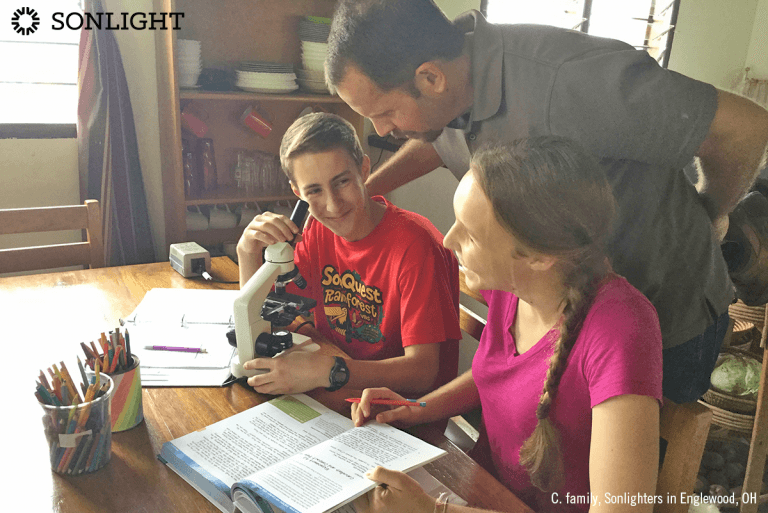
My second son is a junior this year. STEM subjects come naturally to him. For example, he is currently holding a solid A in calculus, and given the choice between spending an afternoon testing physics laws or digging into Shakespeare, well… the Bard would lose.
I’m parenting and homeschooling a high schooler who doesn’t have a strong literature bent, and I know I’m not alone.
Science, technology, engineering, and math fields (STEM fields) are highly touted. But friends whose teens have similar interests are often surprised that we’ve chosen Sonlight for our STEM-leaning son.
- “My daughter wants to be an engineer. Sonlight isn’t a good fit for her, because she doesn’t need all that literature.”
- “My son is very science-minded and doesn’t really like reading. All those books would just drown him.”
- My daughter plans to study science in college. A literature-based program won't work.
Getting Past Easy and Challenging the STEM Student
People do have their strengths. I’m not saying they don’t. But when a child is an ace crawler, we don’t decide that they don’t need to walk.
In every area of parenting, we are to encourage our children to branch past their comfort zones and try their wings in newer, challenging areas. That doesn’t change just because your daughter is older and her interests are becoming more specific.
Just as you wouldn’t have given up on reading instruction earlier on when her math skills took off, you now need to continue offering progressively more complex literature. Higher math and science and advanced reading are part and parcel of a rich education.
Scientists Need Great Books, Too
If your child thinks that great biologists, engineers, statisticians, and computer programmers are ignorant of the vast body of great literature, they’re misinformed.
- Albert Einstein was known to maintain a prolific library
- Steve Jobs felt that 1984 (and several other classic titles) should be required reading for everyone.
People who are successful in their area of expertise are rarely the type who never pick up a book. Great literature is the universal common denominator among innovators from all fields. It’s the background music to which the symphonies of science and math are written. So STEM students need great literature, too!
STEM Students Need a Foundation of Cultural Literacy
Besides simply being an excellent exercise for the brain, great literature like the selections from Sonlight’s high school curriculum allow teens to enter in to the Great Conversation— the tradition of great writers and thinkers, expanding on the ideas presented in earlier works. The majority of adults in America have read To Kill a Mockingbird, The Great Gatsby, and The Chosen. These titles are a starting place for engaging with others in the context of a body of shared knowledge.
Literature also provides a window into the emotions, experiences, and worlds we otherwise can’t touch, giving us a deeper human experience and one that develops us into well-rounded and empathetic people willing to be used by God for His glory. Reading about men who’ve experienced war, women who have suffered mistreatment, and political regimes run amok makes us better able to bear the burdens of our neighbors.
Given those qualifiers, the life of every man is clearly made better for the books he has read. There’s no reason not to enjoy a buffet of great literature throughout high school. Personally, I’d be delighted for one of my children to become an auto mechanic. I’d be even more pleased if he or she was an auto mechanic who had dipped a toe into Jane Eyre.
Sonlight has homeschool consultants available to talk to you about choosing the perfect high school curriculum for your teen. Click here to schedule an appointment.


